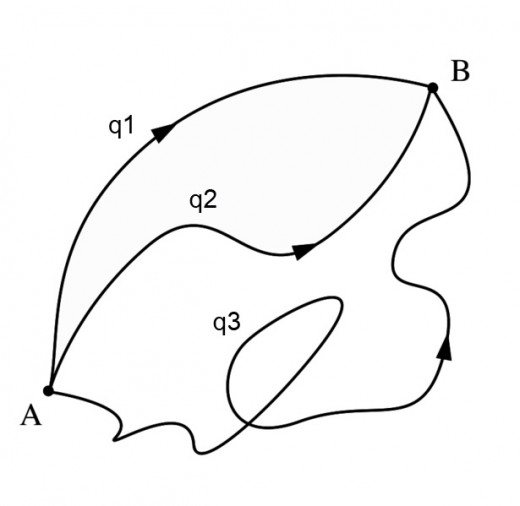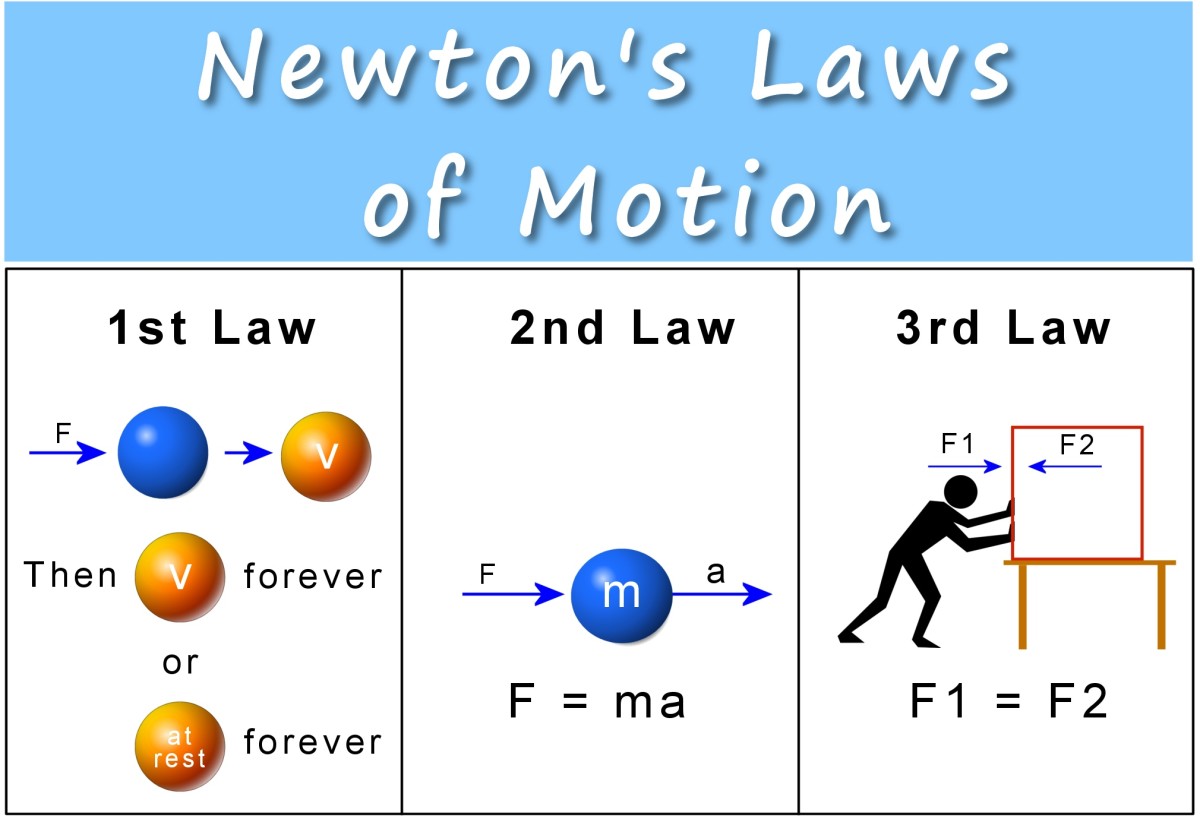Quantum Field Theory: What is a Quantum Field?

Quantum field theory brings together quantum mechanics and relativity. It is the mathematical language in which the standard model of particle physics is written.
What is a quantum field? Most people will be familiar with the concept of classical fields, for example electromagnetic fields. Fields are used to explain how a force can be transmitted over a distance. For instance, how does the magnet in the picture 'push' the iron filings into that pattern without touching them? The answer is that a field exists around the magnet, which exerts a force on the iron filings causing them to line up along the field lines.

In particle physics, we use fields to describe particles. In quantum physics, particles are not thought of as point-like objects. The uncertainty principle of quantum mechanics tells us that we cannot know the exact location of a particle. The location of the particle is described using a probability field, which is strongest at the points where the particle is most likely to be found and weakest where we are unlikely to see the particle.

Path Integrals
This quantum uncertainty means that we cannot be sure what a particle is doing when we are not looking at it. If we observe a particle at point A, and some time later observe it at point B, we do not know what path it has taken to get from A to B. Quantum mechanics tells us that in order to calculate the probability of observing the particle at B after having seen it at A, we must add up the probabilities of all the paths it could possibly have taken from A to B. Feynman showed that this summing up of paths can be approximated by an integration over all the paths known as a path integral.

This expression means: "add up the “probability” exp(S[q]) of each of the paths q1, q2, etc... to get the probability of finding the particle at B". The classical path is the most likely so it has the largest contribution to the integral. When we consider everyday objects, which are much larger than elementary particles, the contribution from the classical path is overwhelmingly larger than from any of the other paths, which is why we do not see everyday objects behaving in a quantum way.
These integrals are rather complicated and difficult to evaluate. Fortunately, Feynman invented a pictorial way of representing them, known as Feynman diagrams.
Quantum field theory is a powerful mathematical tool which underpins the whole of modern particle physics theory. It is also used in statistical physics, cosmology, and theories of quantum gravity, which aim to find a “theory of everything” that is free from the inconsistencies that currently exist between general relativity and quantum physics. Resources for learning more are listed below.
Lecture Notes
- David Tong: Quantum Field Theory
A Cambridge University course with lecture notes, covering the canonical quantization of scalar fields, Dirac fields and QED.
Books

Other physics hubs by topquark
- Feynman Diagrams: An Introduction
A Feynman diagram is a representation of an interaction between elementary particles. Feynmann diagrams are incredibly useful in calculating the probability of a reaction occurring. - Where is all the antimatter? Mystery of matter-antimatter asymmetry
This article is an introduction to the unsolved problem of matter-antimatter asymmetry in particle physics and cosmology. Why is the amount of matter in the universe so much greater than the amount of antimatter? - The Evidence for Dark Matter
Dark matter is the name given to the matter that holds together the Milky Way and other galaxies. It cannot be seen using telescopes as it does not emit light or other radiation. However, there is significant evidence for its existence.
topquark works as a researcher in theoretical particle physics and blogs about research at The Particle Pen.








